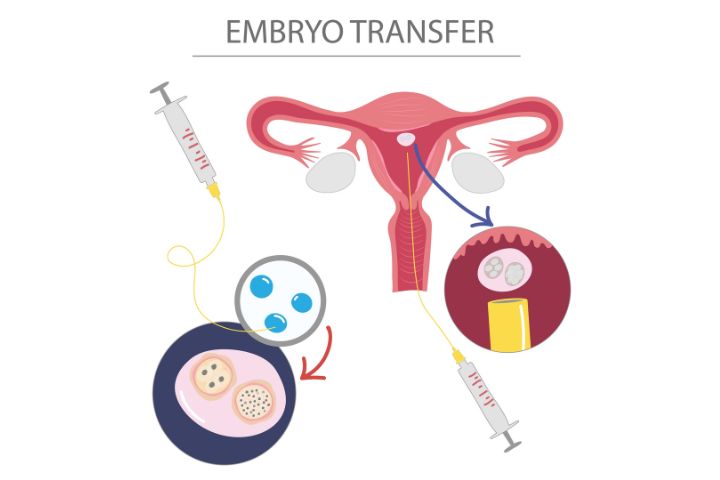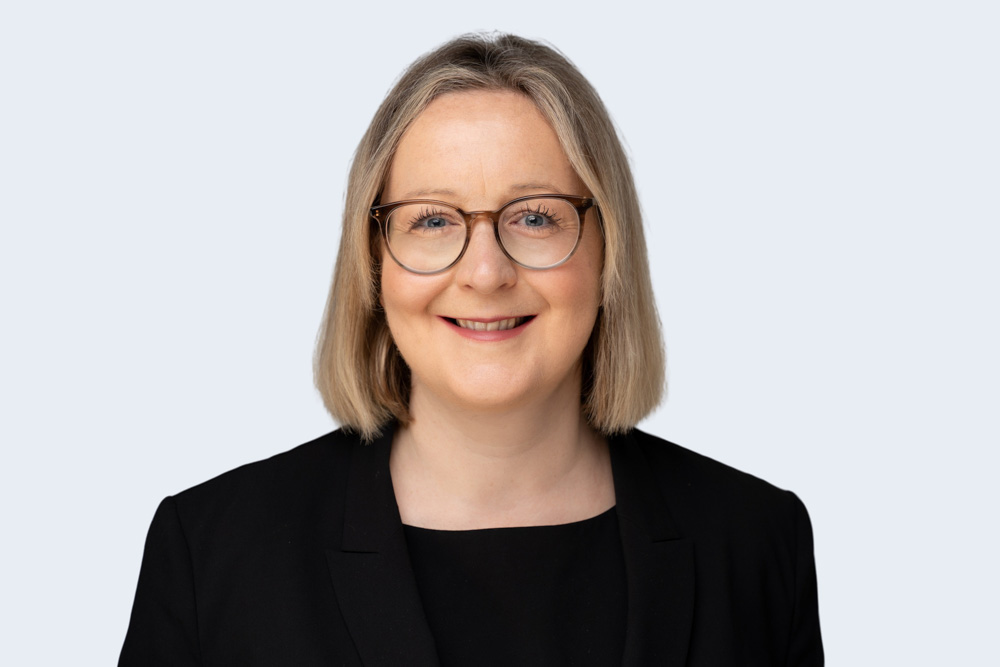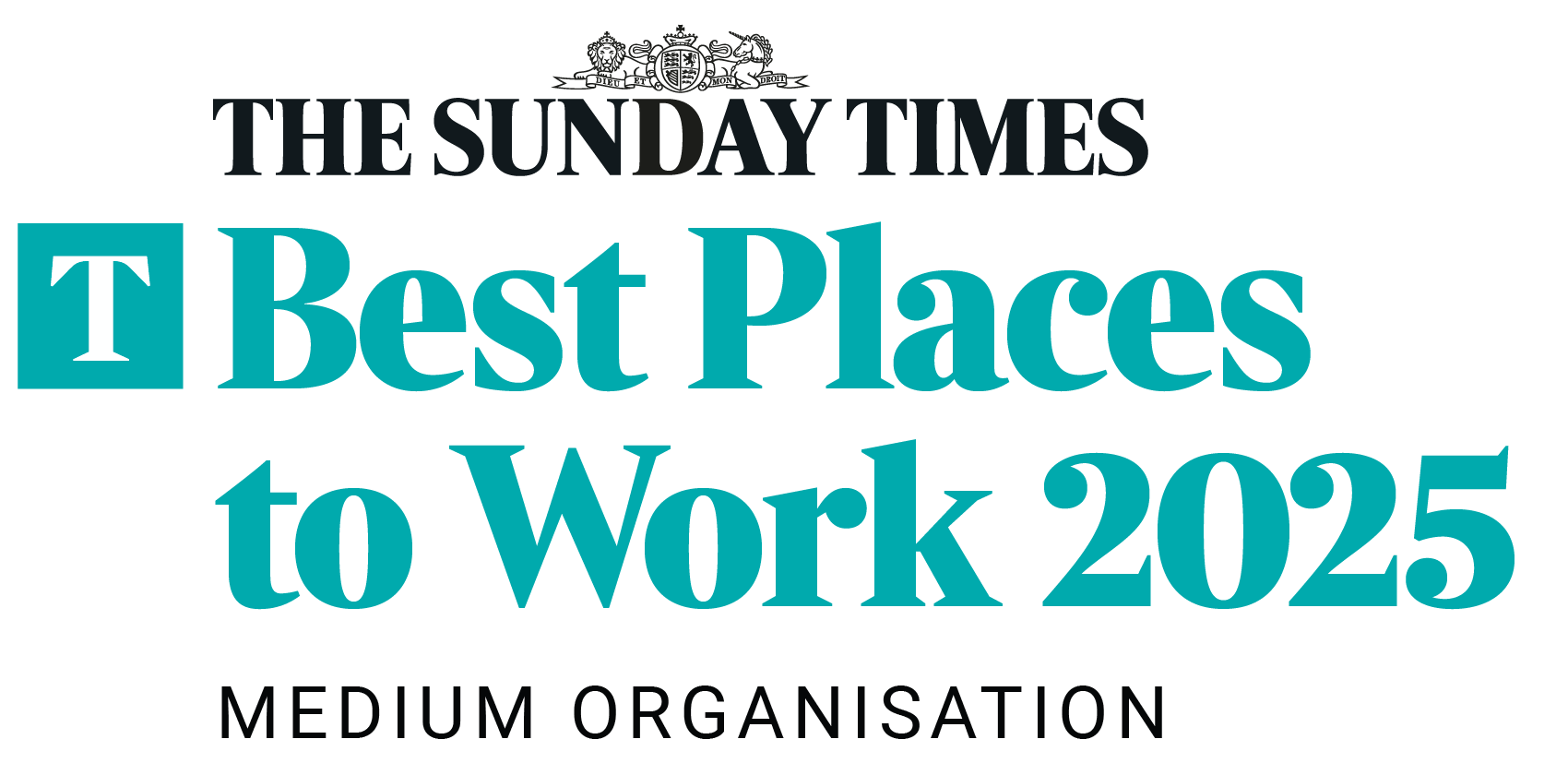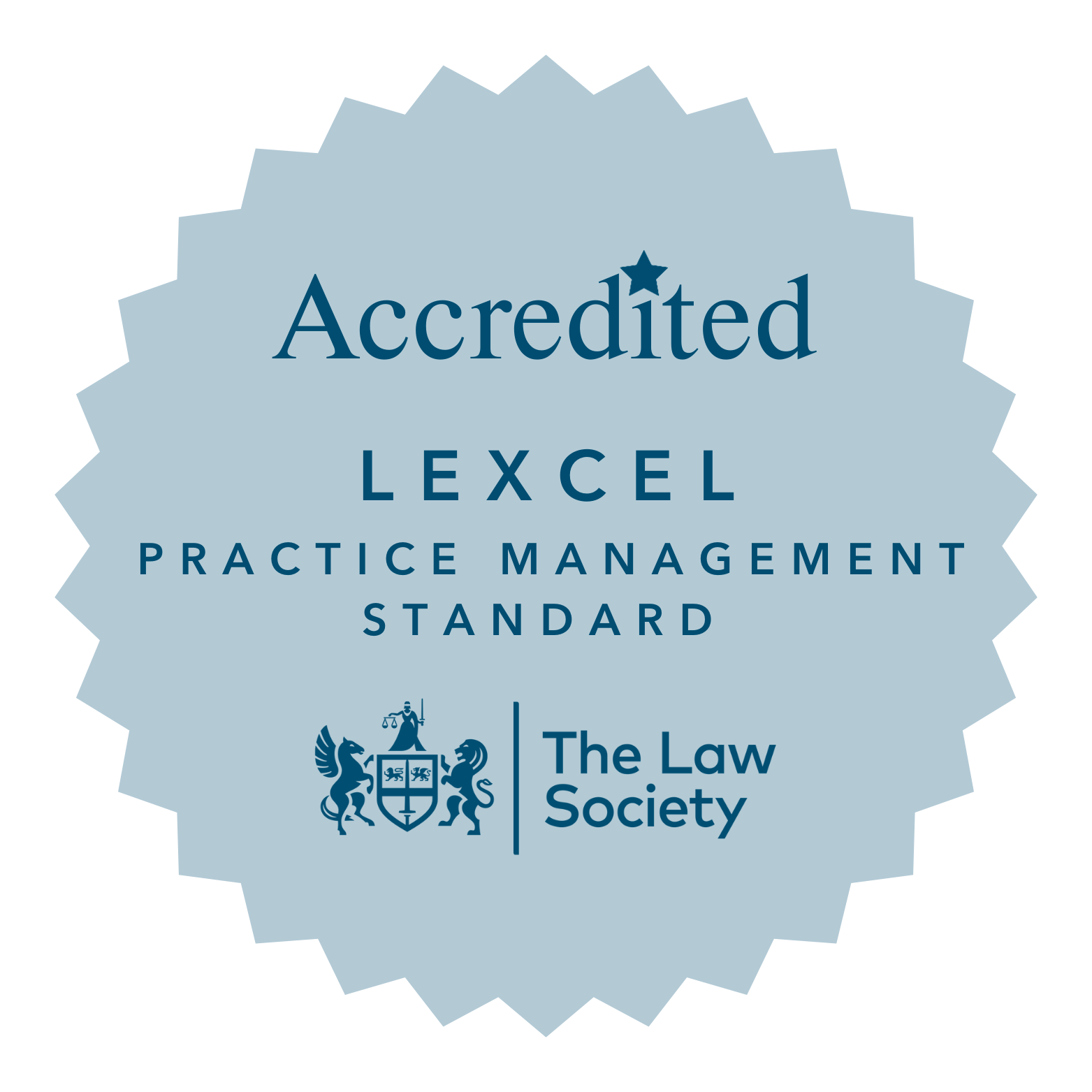

On 4 April 2023 the World Health Organisation (“WHO”) published a report which found that 17.5% or one in six worldwide of the adult population experience infertility.
Dr Tedros Adhanom Ghebreyesus, Director-General at WHO said:
“The report reveals an important truth: infertility does not discriminate.
“The sheer proportion of people affected show the need to widen access to fertility care and ensure this issue is no longer sidelined in health research and policy, so that safe, effective, and affordable ways to attain parenthood are available for those who seek it.”[1]
I completely agree with those views. We represent clients pre and post conception in relation to modern parenting, fertility, surrogacy and legal parenthood and we always support these clients with compassion, referring to other agencies as and when this may be beneficial. We have supported various organisations who in turn support fertility patients. TV Edwards has a fertility policy and I am the firm’s fertility ambassador.
The publication of the WHO report coincides with two major proposals for reform. There is currently a consultation by the HFEA about modernising the Human Fertilisation and Embryology Act. Parties may respond here.
The consultation closes at 5pm on 14 April 2023.
A real bugbear of mine relates to sections 35 and 42 of the Human Fertilisation and Embryology Act 2008. The effect of these sections are that iIf a married woman conceives using donor sperm then her husband / wife / civil partner will be the legal parent of any child unless it is shown that they did not consent to the artificial insemination or embryo transfer. In one of my cases the court has held that the term “not consent” does not dilute the meaning of the word consent. [2]
I find it outrageous that the effect is a spouse is asked to consent to their undergoing a gynaecological medical procedure. I, like most people, am a firm believer of full bodily autonomy. In another one of my cases the then President of the Family Division, Sir James Munby stated:
“The impression created that a married woman still requires, well into the twenty-first century, her husband’s consent to treatment is surprising, to put it no higher – as many, with every justification, undoubtedly would.” [3]
Furthermore there is nothing in the Act about whether the woman consents to her spouse being the legal parent. I have put forward these and other considerations to the consultation.
These provisions apply in surrogacy cases. There are obvious benefits to a surrogate’s spouse supporting her but this means that the spouse may become legal parent of a child they have no intention of being parent to and created using the gametes of another.
Separately, the Law Commission of England and Wales has published its long awaited joint report with the Scottish Law Commission outlining recommendations about surrogacy.[4] This report is the result of years of work, a consultation was published in June 2019, over 681 responses received. The final report was published on 29 March 2023. Ministers should issue an interim response within six months of publication, and a full response within a year. Unfortunately there is no guarantee that the recommendations will be implemented and even if they it is highly unlike that this will be in the near future.
There are a total of 84 recommendations. The main focus for many has been the creation of a new pathway to surrogacy which I will explore separately. The final report is detailed and considered.
The Commission sets out that a fundamental element of the proposals is that the surrogate retains complete autonomy over her body and the pregnancy. This includes the right for the surrogate to withdraw her consent to the surrogacy agreement. This is clear from reading the report.
Given my views about sections 35 and 42 of the Human Fertilisation and Embryology Act 2008 I was delighted to read:
“We have concluded that there is a clear rationale for not attributing legal parental status to the surrogate’s spouse or civil partner on the new pathway in any situation where there surrogate herself is recognised as the legal parent. We recognise that her spouse or civil partner will usually be fully involved in the arrangement through the support they offer to her, and our scheme for the new pathway gives expression to that by applying certain screening requirements to them. However, we think that it is for the surrogate to make the decision as to whether she wishes to carry a child for intended parents, which is why we do not require that the surrogate’s spouse or civil partner be a party to the surrogacy agreement. The spouse or civil partner not being a legal parent of the child born of the arrangement is consistent with the surrogate’s autonomy.”
Whilst surrogacy is a growingly accepted path to parenthood, there have always been those who are concerned about the potential for exploitation, although in practice the vast majority of surrogacy arrangements are positive for all. Exploitation can be on both sides. It should not be forgotten that for many intended parents surrogacy is an option which is only explored after an arduous, exhausting, devastating and expensive journey. (The Commission was not aware of any UK cases of surrogacy being used for elective reasons rather than out or medical necessity). The report clearly considers the risk of exploitation at every stage and the recommendations are drafted so as to minimise this as far as possible.
It is encouraging to see the publication of these reports, nevertheless there is a lot to consider pre and post conception in relation to modern parenting, fertility, surrogacy and legal parenthood. We have built up expertise and experience in this area and are here to support you.
[1] https://www.who.int/news/item/04-04-2023-1-in-6-people-globally-affected-by-infertility
[2] https://www.bailii.org/ew/cases/EWHC/Fam/2013/1901.html
[3] https://www.bailii.org/ew/cases/EWHC/Fam/2015/2602.html
[4] https://www.lawcom.gov.uk/project/surrogacy/






